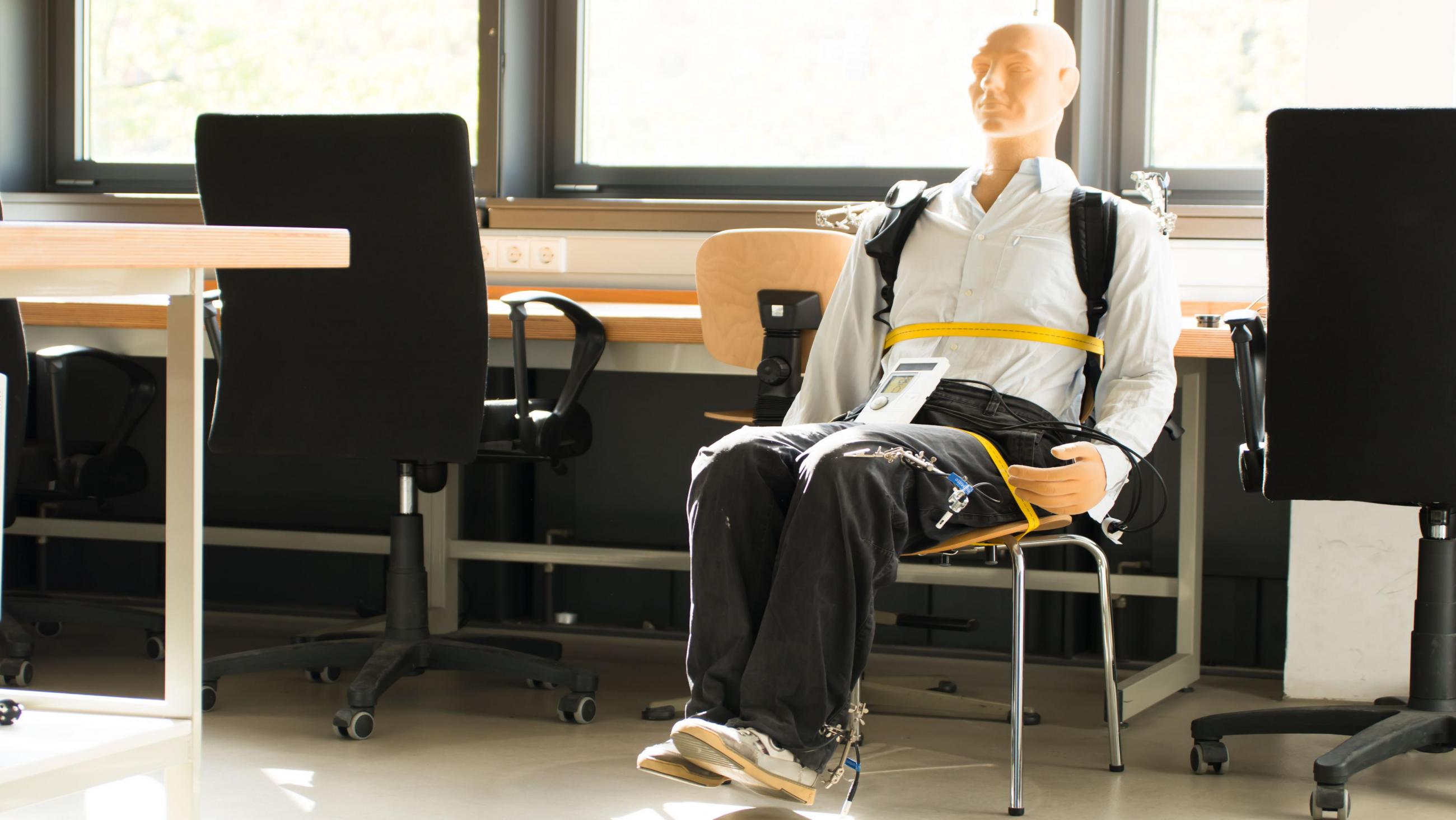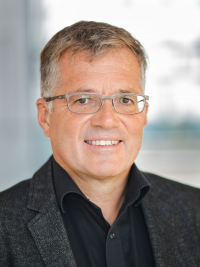Laboratory for Building Physics

The Laboratory for Building Physics of the Department of Civil Engineering provided software for modelling, mobile measuring devices for monitoring and stationary laboratory set-ups for detailed investigations for topics in classical building physics and building climatology. The laboratory is not only used for teaching purposes, but also within research projects or for contract research.
Utilisation & Equipment
The laboratory is not only used for teaching purposes, but also within research projects or for contract research.
Contact

Professor of Building Physics and Building Climatology
Head of Building Physics laboratory